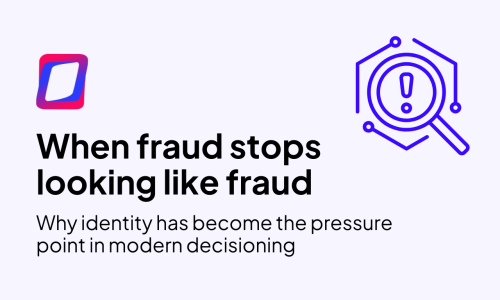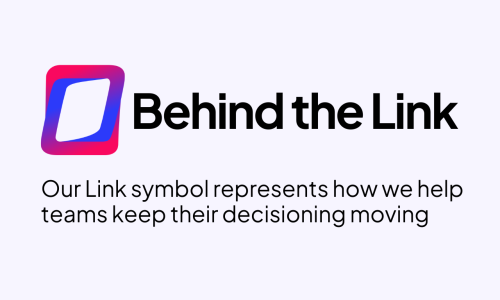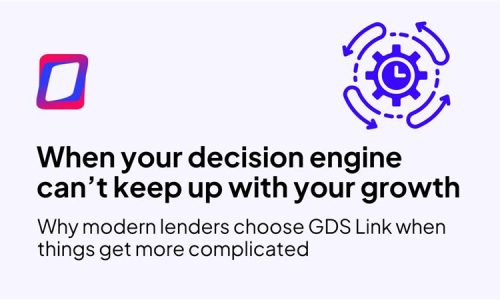TransUnion’s Sean Flynn Explores Key Trends Impacting Credit Unions and Community Banks
As we approach the end of 2023, the financial landscape for credit unions and community banks is undergoing a transformative shift. In this episode of The Lending Link, our host, Rich Alterman, engages in a captivating discussion with Sean Flynn, Senior Director of Community Financial Institutions at TransUnion. Together, they shine a light on the pivotal trends and challenges shaping the future of credit unions and community banks. With Sean’s wealth of experience and deep industry insights, this conversation promises to be both enlightening and unmissable.
Let’s delve into the topics within this episode that you won’t want to miss:
Student Loan Payments Resuming
As the looming restart of student loan payments in October approaches, Sean and Rich delve into the far-reaching impact on millions of Americans. Financial stability concerns, shifts in employment due to the pandemic, and more will be brought to the forefront.
Credit Scores, Debt, and Payment Shock
Discover how consumers with improved credit scores due to pandemic-related debt reduction now qualify for loans and credit cards. Dive into the concept of payment shock and the scale of student loan and credit card debt in the United States.
Student Loan Reporting and Risk Management
Get answers to pressing questions about federal government guidance relating to federal student loans and potential delays in delinquency reporting. Explore the role of credit unions in decision-making and the need for additional data.
Credit Scoring and Trended Data
Learn the importance of adapting to changing market conditions and leveraging new data sources. Compare the effectiveness of trended credit scores to traditional models, with insights into TransUnion’s use of trended data as the standard.
Deposit Marketing Strategies and Data-Driven Approaches
Explore the evolution of deposit marketing strategies focusing on digital channels and data-driven approaches.
Credit Risk Strategies for Lenders
Engage with a captivating story about the significance of visual appeal in credit card design. Sean Flynn will also discuss the end of the federal student loan debt repayment pause and its profound impact on consumers and lenders.
Listen and Watch the Episode Now!
Tune in to uncover unparalleled insights into the trends and challenges reshaping credit unions and community banks in 2023. To listen and watch this episode of The Lending Link, simply click the audio player below or watch via YouTube here:
Episode Quick Links:
- Blog: With 27 Million Set to Resume Payments, Many Student Loan Borrowers Already Managing Increased Debt Since Pre-Pandemic (transunion.com)
- Infographic: Student loan borrowers are distributed across risk tiers and have been accumulating new credit products
- On-demand webinar: Implications of the End of Pandemic-Era Student Loan Forbearance
About Sean Flynn:
Sean is a community enthusiast at heart, spending the majority of his career in and around the credit union and community bank industries. At TransUnion, Sean’s responsibilities include leading the execution of TransUnion’s community financial institution strategy and consulting with customers on solutions to their most pressing business issues.
Before TransUnion, Sean held management roles at credit unions over the course of nearly 15 years. He also interned as a credit analyst at one of the largest commercial HUD lenders in New England.
Sean earned his degree in Finance from the University of New Hampshire and his MBA from Norwich University in Vermont. He lives in Connecticut with his wife, their two children, and their Irish setter, Maisie. Sean’s passion for community takes shape outside of TransUnion as well, where he coaches youth sports and serves on a number of town commissions and committees.
Be sure to follow Sean and our host Rich on LinkedIn, and for the latest GDS Link updates and news, follow us on Twitter and LinkedIn. You can subscribe to the Lending Link on Apple Podcasts, Spotify, Google Podcast, YouTube, or wherever you prefer to listen to your podcasts!
Recent articles

When Fraud Stops Looking Like Fraud
Read article
Behind the Link
Read article





